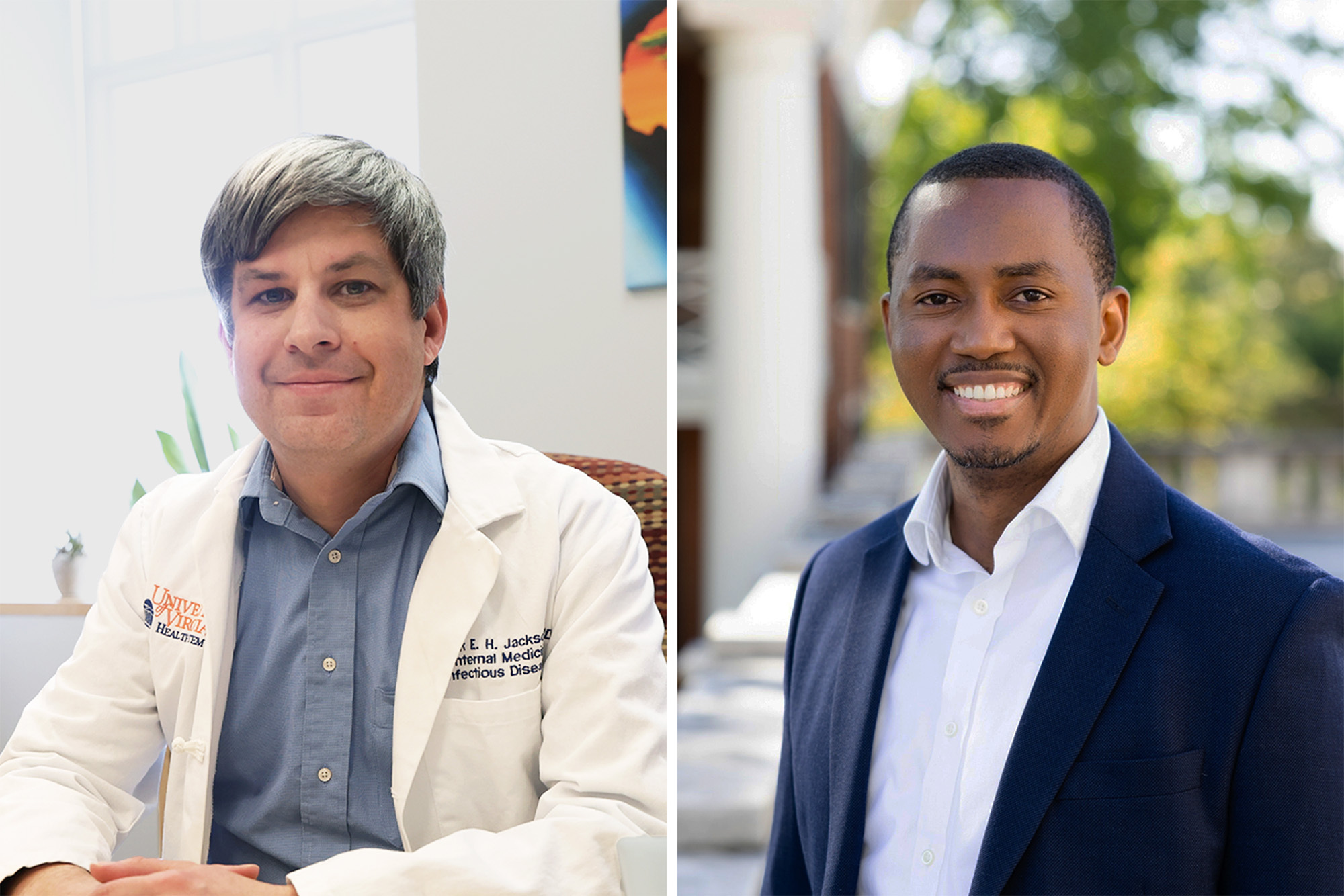University of Virginia School of Medicine scientists have uncovered a key reason why HIV remains so difficult to cure, bringing researchers closer to finding ways to flush out the dormant virus and eliminate it for good.
Their research shows small changes in the virus affect how quickly or slowly it replicates, and how easily or stubbornly it can reawaken from hiding.
Thanks to advancements in treatments, HIV can now be controlled so well it is nearly undetectable in the blood, eliminating most disease symptoms and preventing transmission to others. But HIV never truly goes away. It lies dormant in the body and can reemerge if medications are stopped. That’s how the virus evades antiretroviral drugs and the body’s immune system.
“HIV treatment is lifesaving but also lifelong,” said Dr. Patrick Jackson, one of the two lead authors on the paper detailing the discovery. “Understanding how the virus stays latent in cells could help us develop a lasting cure for HIV.”

Dr. Patrick Jackson, left, and researcher Godfrey Dzhivhuho are co-authors of the study that found the mechanism that allows HIV to hide. (Photo by Matt Riley, University Communications and contributed photo)
UVA’s latest findings reveal a critical clue to how HIV controls its dormant state. The research shows subtle variations in a viral control system, known as the “Rev-RRE axis,” influence how efficiently the virus replicates and how easily it reactivates.
Some variations make the virus more aggressive. Others keep it less active and harder to bring out of hiding for elimination.
“Early on, many scientists thought that the Rev-RRE axis was merely an on-off switch for the virus. However, our recent studies have shown that it functions more like a rheostat,” said Dr. Marie-Louise Hammarskjöld, associate director of UVA’s Myles H. Thaler Center for AIDS and Human Retrovirus Research. The center is in the Department of Microbiology, Immunology and Cancer Biology.











